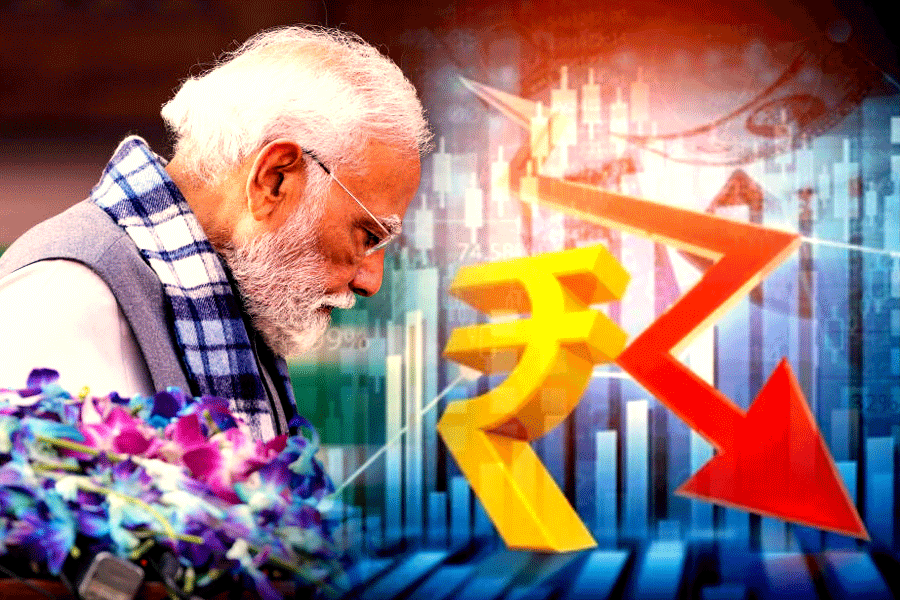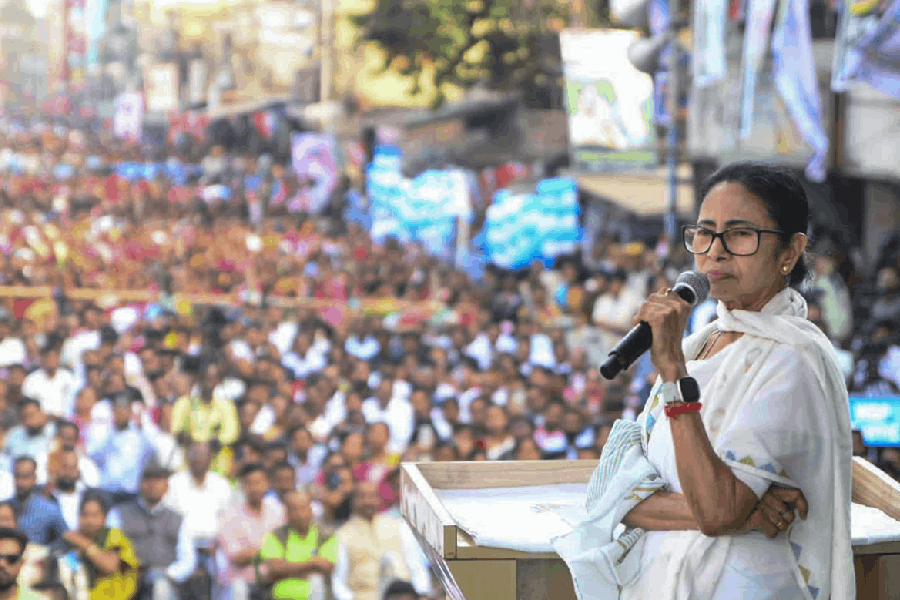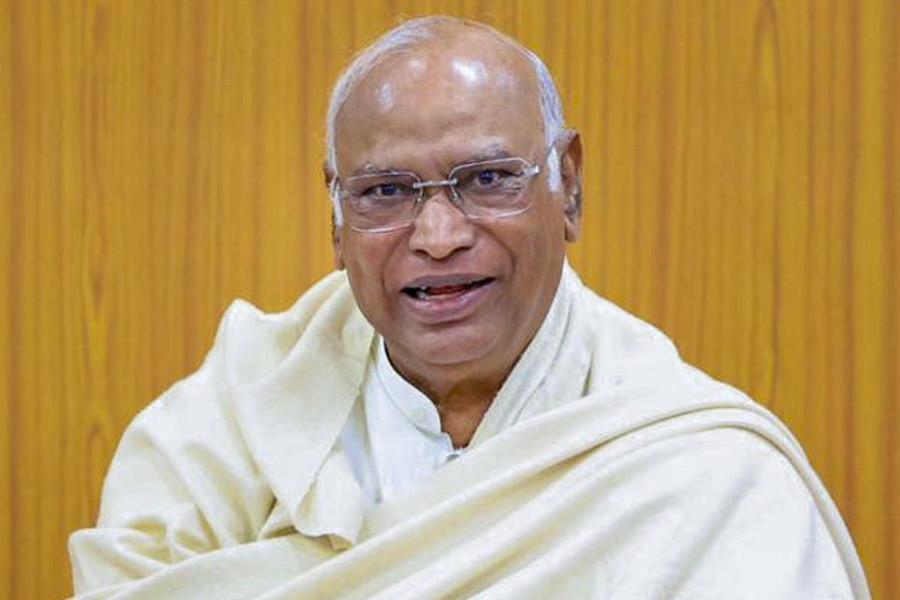According to the Periodic Labour Force Survey data, India’s unemployment rate rose from 5.1% in April to 5.6% in May this year. The spike, according to the PLFS figures, was particularly relevant to India’s youth. This is, of course, not the first time that youth unemployment in the country has been red flagged by relevant data. Two years ago, a paper by the Center for Monitoring the Indian Economy had pegged the youth unemployment rate at a shocking level of 45.4%. Last May, the statistics ministry had stated that underemployment — where employment is not commensurate with skills, another problem that impacts Indian youth — was “surprisingly high” at 62.28%. That India has been facing a festering unemployment crisis in the last decade is not a secret. Cold statistics have borne out this worrying phenomenon repeatedly. As has public response: the attendance at the Mega Job Fair that was organised recently by the Indian Youth Congress bears proof that the government’s claims and data notwithstanding, unemployment continues to be the proverbial elephant in the room.
Criticism of the Narendra Modi government by India’s political Opposition for its failure to create employment for India’s youth and, thereby, mine the demographic dividend is not rare. But it cannot be said that the Opposition has been effective in mobilising public opinion on unemployment as a means to change electoral outcomes. In the last general election, the Opposition did focus on unemployment, among other economic challenges, and managed to restrict the electoral tally of the Bharatiya Janata Party below the majority mark. But it could not prevent Mr Modi from winning a third term. Unemployment and uneven economic growth — innumerable Indians remain dependent on free rations for subsistence in the world’s fourth-largest economy — remain lucrative avenues for electoral mobilisation in India. The Opposition must find a way to convey the extent of the crisis and elicit a favourable response from the electorate on this issue. Could the Indian Youth Congress’s rozgar mela serve as a proverbial template in this regard? Such a ploy could generate favourable optics. However, mass mobilisation on economic issues requires a well-crafted, imaginative and meaningful strategy that would not only resonate with the electorate but also ensure that such burning questions are sustained in the public discourse. The Opposition, it can be said without a doubt, is yet to find a way to get the job done in this respect.











